

Ah, the advantages of shooting with film – it's a topic that often stirs up quite a bit of passion among photographers, both old and new. You see, there's something almost magical about the process that just can't be replicated in the digital world. And no, I'm not saying digital photography doesn't have its perks; it absolutely does! But let's dive into why some folks still swear by film.
First off, there's the quality of the image itself. Obtain the scoop check now. Film has this unique way of capturing light and colors that feels so much more organic than digital sensors can manage. check . It's like comparing a vinyl record to an MP3 file. Sure, one is more convenient, but you can't beat the warmth and depth of sound from a good ol' vinyl record. Similarly, many photographers believe that film offers richer textures and tones which makes their photos look almost three-dimensional.
Another thing people love about film is how it makes 'em slow down and really think about each shot they're taking. With only a limited number of exposures on a roll, you're forced to be more deliberate with your compositions and settings. This can actually make you a better photographer over time because you're not just snapping away mindlessly hoping to get one good shot outta hundreds.
Plus, let's not forget the thrill of waiting for your film to be developed! In our instant-gratification society where everything's available at the click of a button (or tap on screen), there's something refreshingly nostalgic about having to wait for your pictures to come back from the lab. It builds anticipation and makes seeing those final images all the more rewarding.
And hey, don't let anyone tell ya otherwise – film cameras are works of art themselves! They're sturdy pieces of equipment built to last decades if taken care properly. There's no denying they have character too; every scratch or dent tells part of its story unlike modern plastic-bodied counterparts which seem indistinguishable from one another after awhile.
Now don't get me wrong – lugging around rolls upon rolls might seem cumbersome compared carrying extra memory cards but trust me when I say: The experience itself outweighs any inconvenience tenfold!
Also worth mentioning? Darkroom magic! Developing prints by hand offers creative control unparalleled outside computer screens filled Photoshop tools galore - giving artists full reign over their visions coming alive before very eyes!
So yeah sure digitals fast convenient but sometimes true essence lies within simplicity rawness found within strips celluloid captured moments etched forever timelessly beautiful frames history .
Popular film formats have evolved over the years, each bringing its own unique characteristics to the table. To understand these formats better, let's take a look at some of the most notable ones and what makes them stand out – or not.
First up is 35mm film, which has been a staple in the industry for decades. It's known for its high-quality image and versatility. You could say it was the gold standard before digital came along. But hey, who needs perfection all the time? The graininess that sometimes appears can actually add character to a movie, making it feel more authentic.
Then there's 70mm film, which offers even higher resolution and richer detail than 35mm. It's great for epic landscapes and grandiose scenes – think "Lawrence of Arabia." However, it's not without its drawbacks. For one thing, it's bulky and expensive to shoot with. Not every filmmaker's budget can handle it.
Digital formats have really taken off in recent years. Formats like 4K are now becoming mainstream because they offer incredible clarity and ease of use compared to analog films. Plus, you don't gotta worry about physical degradation over time! But let's be real: some purists argue that digital lacks the warmth and texture of traditional film.
IMAX is another format that's made quite an impression (literally). Known for its massive screens and immersive sound quality, IMAX provides an experience that's hard to match. Yet again, it comes with high costs and isn't widely available everywhere-so unless you've got deep pockets or live near an IMAX theater, you might miss out on this larger-than-life experience.
Lastly but certainly not leastly (if that's even a word), we have Super 8 film which brings up nostalgic feelings for many folks who grew up in mid-20th century America. It's used often in indie projects or by hobbyists because it's relatively cheap and easy to work with. Sure, it doesn't provide professional-grade quality-but who cares when you're aiming for charm rather than perfection?
In conclusion-oh wait-I mean wrapping things up: Each popular film format has its own set of characteristics that make it special-or not so special depending on how you look at it! Whether it's the classic appeal of 35mm or the cutting-edge precision of digital formats like 4K-there's something out there for everyone in this ever-evolving world of cinema.
Ah, the age-old debate between film and digital photography.. It's a topic that has stirred up quite a bit of passion among photographers over the years.
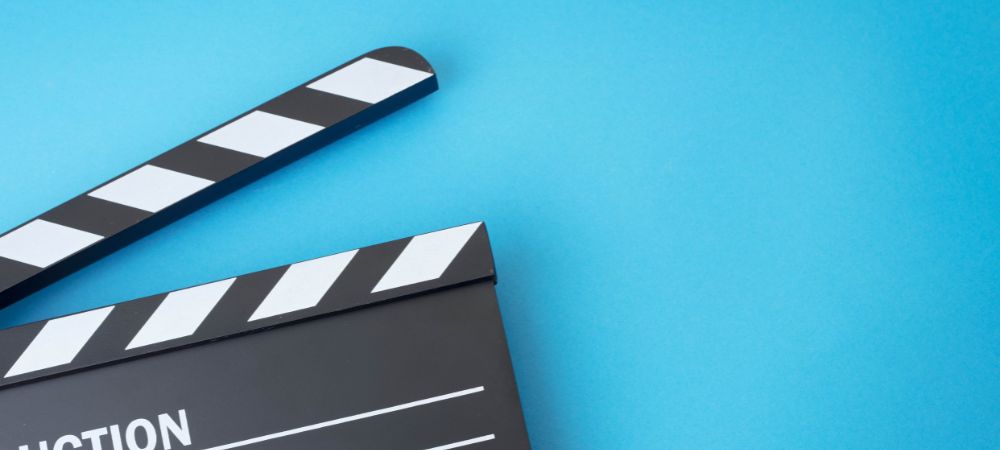
Posted by on 2024-06-28
When you're diving into the world of analog photography, it’s crucial to choose a film stock that will make your learning experience as smooth and enjoyable as possible.. For beginners, this can be quite an overwhelming decision.
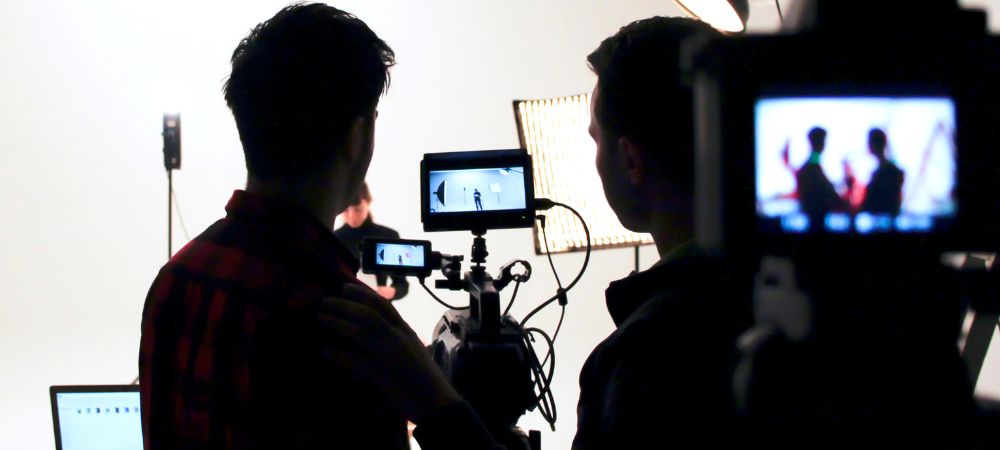
Posted by on 2024-06-28
Developing film at home can be a rewarding yet challenging experience.. It ain't as simple as pressing a button on your phone, that's for sure.

Posted by on 2024-06-28
In a world that's constantly rushing forward, there's something magical about capturing timeless beauty through the lens of film photography.. Finding inspiration in everyday moments isn't always easy, but it's definitely worth it.
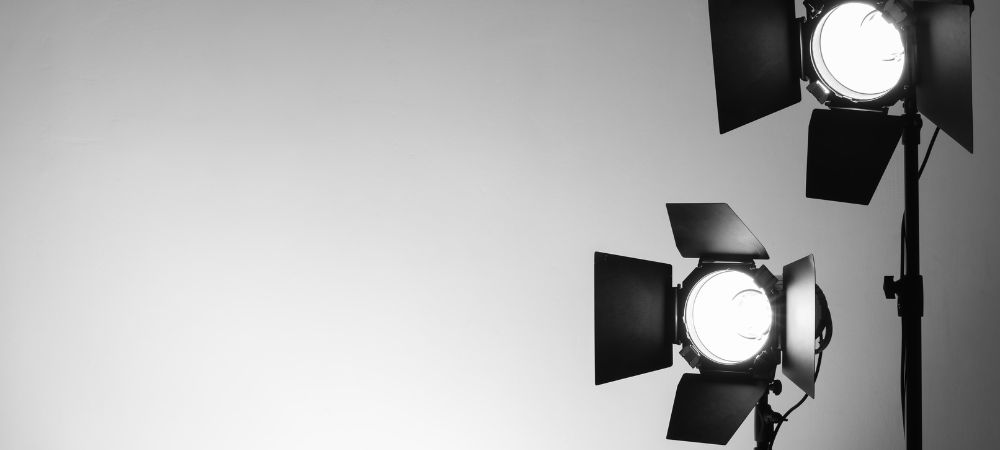
Posted by on 2024-06-28
Preserving and Archiving Your Film Photographs
Oh, film photography!. There's just something so enchanting about capturing moments on film.

Posted by on 2024-06-28
Film photography, much like any other art form, requires a certain set of essential equipment to truly capture the magic of the moment. It's not just about having a camera; there's so much more that goes into it. Let's dive into some of these must-have items you shouldn't overlook if you're serious about this craft.
First and foremost, obviously, you've got to have a good film camera. Now, I'm not saying you need the most expensive one on the market. Oh no! In fact, many photographers start with something simple and affordable. A classic 35mm SLR camera can do wonders for your photos. Models like the Canon AE-1 or Nikon FM2 are popular choices among enthusiasts and professionals alike.
But hey, don't think that's all you'll need – far from it! Film stock is crucial too. You can't take pictures without film! There are various types available: color negative film, slide film (also known as reversal film), and black-and-white film. Each type has its own unique characteristics and choosing the right one depends on what you're aiming to achieve with your shots.
Then there's lenses – oh boy, where do I even start? A standard 50mm lens is versatile and great for everyday shooting. For those who want to get up close and personal, a macro lens will be very handy indeed! And let's not forget wide-angle lenses for capturing expansive landscapes or tight spaces.
Tripods might seem like an optional addition but trust me – they're invaluable for long exposure shots or when you just want that perfect stability. Don't assume you can always hand-hold your camera; sometimes it's just not practical!
Light meters are another piece of gear that often gets overlooked but shouldn't be underestimated. Sure, many cameras come with built-in light meters but they aren't always accurate in tricky lighting conditions. An external light meter provides precise readings so you can ensure proper exposure every time.
And let's talk about filters – polarizing filters reduce glare from reflective surfaces while UV filters protect your lens from dust and scratches (and hey they're cheaper than replacing a scratched lens!). Neutral density filters allow longer exposures by reducing the amount of light entering the lens which is fantastic for creating motion blur effects in waterfalls or crowds.
A sturdy camera bag isn't merely convenient; it's essential for protecting all this precious gear while you're out and about shooting those amazing scenes!
Finally-and don't scoff at this-extra batteries are lifesavers! Imagine being in middle of nowhere with an incredible shot lined up only to find out you've run outta juice? Not fun!
In conclusion folks - there ya go - these pieces make up essential equipment needed for anyone wanting venture into world of film photography seriously . Don't think skipping any item here because each plays vital role enhancing overall experience making sure end results worth effort put forth!

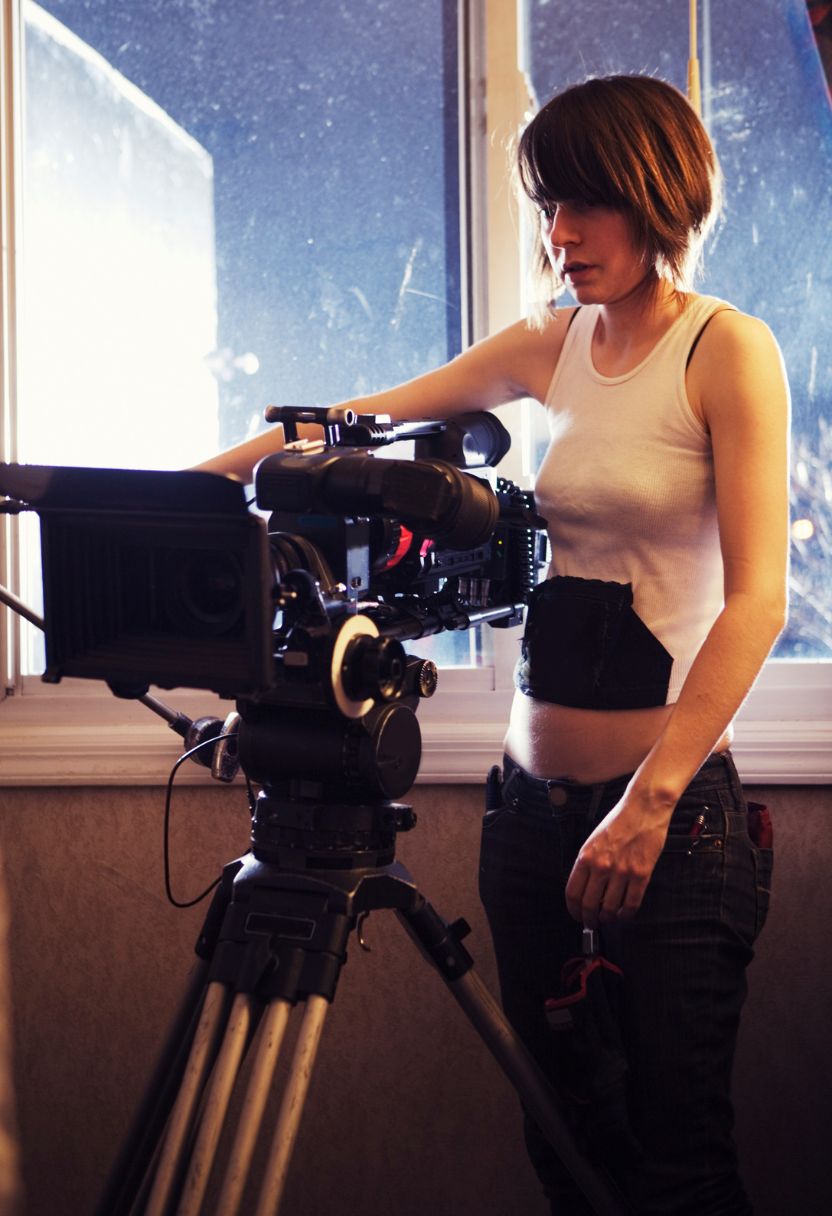
Developing and processing film at home or in a lab has been a topic of endless fascination for photography enthusiasts. It's not just about the final image; it's about the entire journey from capturing a moment to seeing it emerge on paper. Oh, what an experience that is! Many people think that doing this at home is too complicated, but believe me, it's not as hard as one might think.
First off, let's talk about doing it at home. You don't need a ton of fancy equipment to get started. Some basic chemicals, a developing tank, and some patience are all you need. It doesn't take rocket science to mix those chemicals correctly either-though you do have to be careful with measurements. The thrill of seeing your photos come to life right in front of your eyes? Priceless!
Now, let's not pretend there aren't any downsides. One major drawback is space-you can't develop film just anywhere in your house. A darkroom or at least a completely dark space is essential. And then there's the smell! Those chemicals aren't exactly aromatherapy-grade fragrances.
On the other side of the coin, we have professional labs where experts handle everything for you. They've got all the high-end equipment and expertise to ensure your photos turn out perfect-or close enough anyway! It's definitely less hassle compared to doing it yourself at home.
However, using a lab isn't without its cons too. For one thing, it can get pretty pricey over time if you're an avid photographer who shoots rolls upon rolls of film regularly. There's also something inherently impersonal about sending your precious memories away for someone else to process them-even if they're professionals.
So why do people still opt for DIY film development despite these challenges? Well, there's something incredibly rewarding about being hands-on with every step of creating your photographs-from snapping the shot all the way through developing and printing it yourself. Plus (and this might sound silly), but mistakes become part of the charm when you're doing things manually.
In conclusion-whether you choose to develop film at home or use a lab comes down largely personal preference-and maybe how much space you've got available! Both methods have their own set of pros and cons-but either way-the magic lies in transforming moments into tangible memories that last forever-well almost forever anyway!
Oh, film photography! What a delightful yet mysterious world to dive into. If you're just starting out, I bet you're feeling a mix of excitement and confusion. Don't worry, you're not alone. Many people feel the same way when they first pick up an analog camera and load it with film.
First things first, let's talk about your camera. You don't need to get the most expensive one out there-nope, definitely not necessary. A simple 35mm film camera will do just fine for now. They're pretty straightforward and easy to handle for beginners. Plus, they're often cheaper than those fancy digital ones.
When it comes to choosing your film, don't get overwhelmed by the options. Start with something basic like Kodak Gold or Fujifilm Superia-these are both great all-around films that won't break the bank but still give you lovely results. Avoid niche films at first; they'll only complicate things.
Here's a tip that many newbies overlook: learn how to meter light properly! It's crucial in film photography because unlike digital cameras, there's no instant feedback to tell you if you've overexposed or underexposed your shot. So take some time to understand how light metering works on your camera.
Now onto focusing-oh boy! This can be tricky at first since autofocus is less common in older film cameras than it is in modern digital ones. Practice makes perfect here; spend some time just fiddling around with manual focus until you get the hang of it.
One more thing-don't rush through shooting your roll of film like it's nothing special because each frame counts (literally)! Unlike digital where space is almost infinite, every click on a film camera costs money and effort down the line for developing and scanning.
Speaking of developing… it's actually quite fun if you want to try doing it yourself! However-and this is important-it ain't as easy as mixing two chemicals together so maybe save that adventure for later once you've got more experience under your belt.
Lastly, patience is key in this art form. Unlike digital photography where you can see results instantly (and delete mistakes), you'll have to wait until after development to see what worked or didn't work in your shots-and that's okay! Embrace the learning curve and enjoy every moment of discovery along the way.
So go out there and start snapping away! Don't fret too much about making mistakes-they're part of the journey after all! Happy shooting!
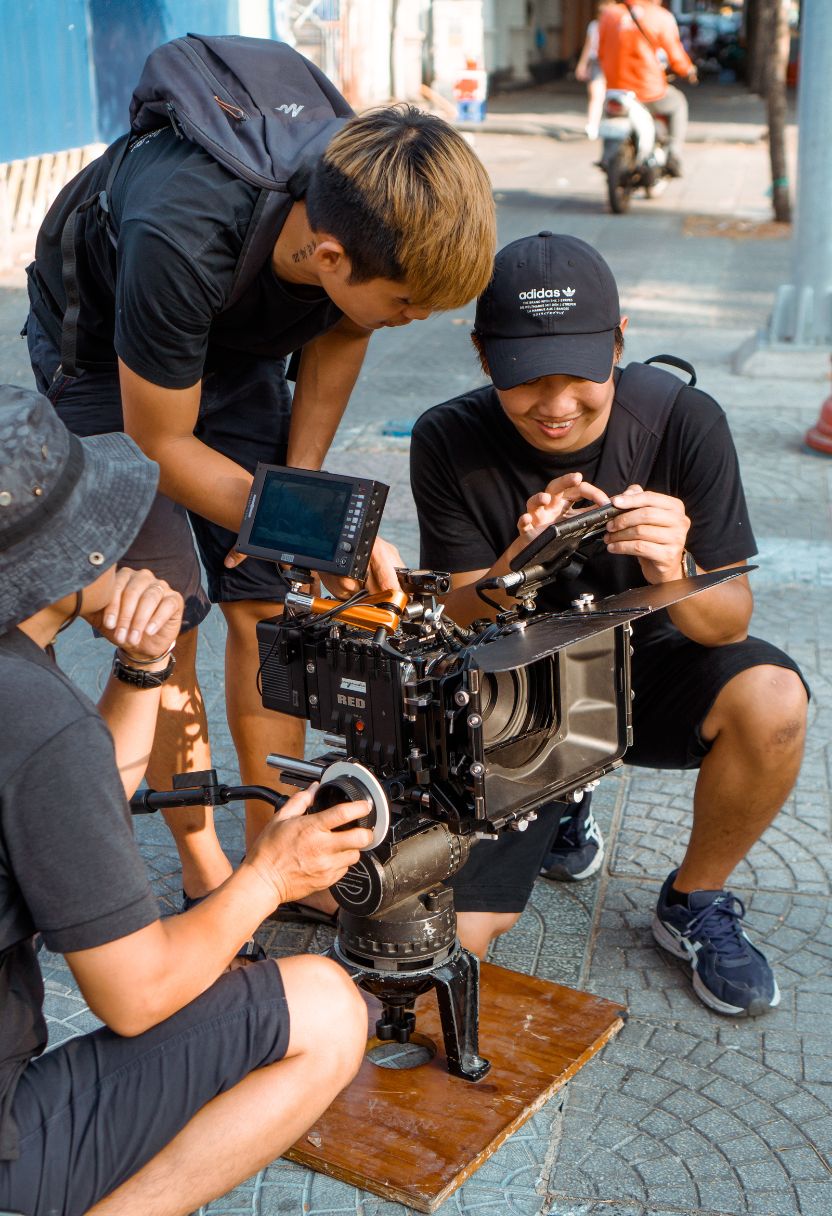
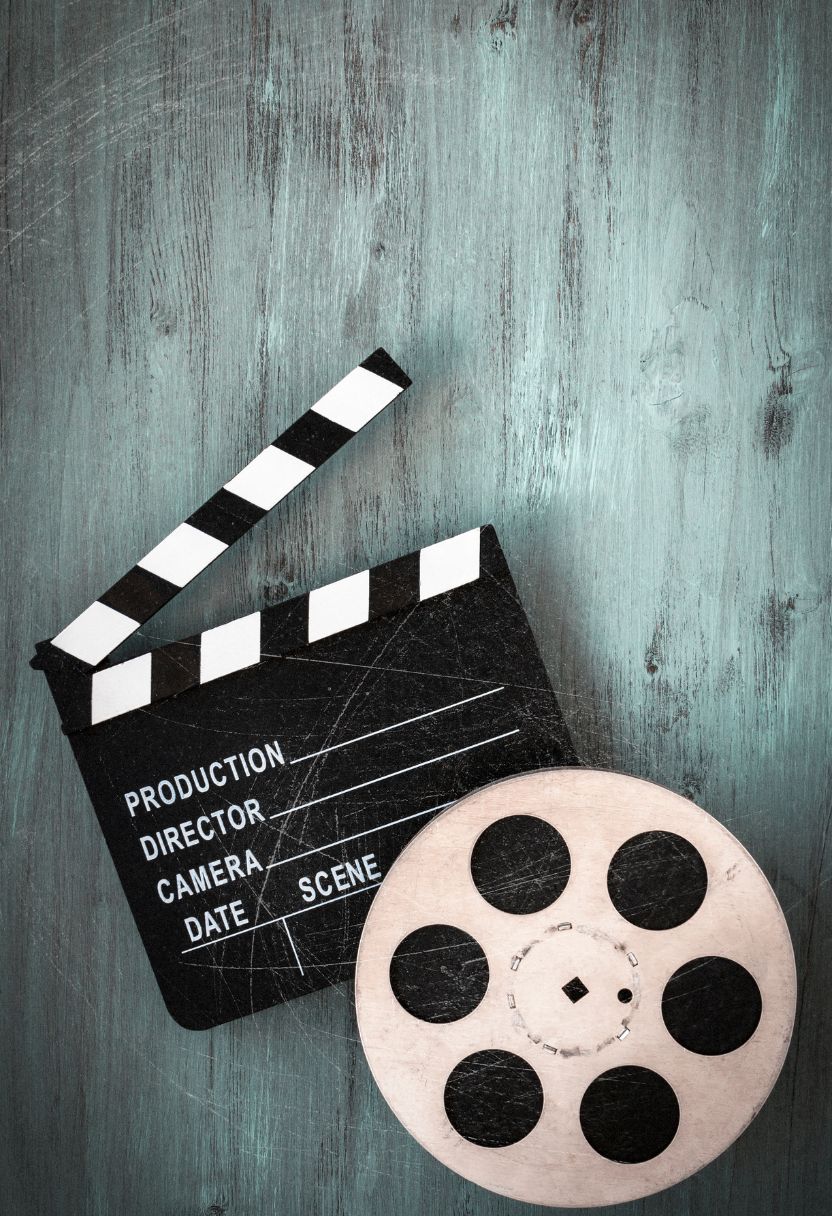
Exploring Different Genres within Film Photography
Film photography ain't just about snapping a picture; it's like diving into an ocean of different genres, each with its own unique vibe and charm. When you start exploring these genres, you quickly realize there's no one-size-fits-all approach. And honestly, that's what makes it so darn exciting! Let's take a quick journey through some of the most fascinating genres within film photography.
First off, we got portrait photography. It's almost magical how film captures the essence of a person. Unlike digital, where everything can get too perfect and polished, film has this rawness that brings out the true character in people. You can't deny it – there's something incredibly soulful about a well-shot portrait on film.
Next up is landscape photography. Now, if you're thinking it's just snapping pictures of pretty scenes, think again! Landscapes on film have this incredible depth and texture that digital often misses out on. The colors are richer and more vibrant – even when they're muted! Don't underestimate the power of a good old-fashioned film camera to turn an ordinary view into something extraordinary.
Street photography deserves a mention too. Oh boy, if you've never tried capturing candid moments on film while wandering through city streets, you're seriously missing out! There's this spontaneity in street photography that's hard to replicate with digital cameras. Film forces you to be patient and wait for that perfect moment because you can't just fire away endlessly without thinking.
Another genre worth mentioning is experimental or abstract photography. Now here's where things really get interesting! There's no right or wrong way to do it; it's all about breaking rules and going wild with creativity. Double exposures? Light leaks? Bring 'em on! Experimenting with different techniques can lead to some truly mind-blowing results that you'd never achieve with digital manipulation alone.
Lastly but definitely not least, let's talk about documentary photography. Capturing real-life events and stories on film adds an authenticity that's hard to beat. The grainy texture and subtle imperfections make the images feel more truthful somehow – like you're really there witnessing history unfold.
So yeah, exploring different genres within film photography isn't just fun; it's downright inspiring! Each genre offers its own set of challenges and rewards that keep photographers coming back for more (and more). It's not always easy – heck no – but isn't that part of the thrill?
In conclusion, don't stick yourself in one genre box when there's such a rich world out there waiting to be explored through your lens! So grab your trusty old camera (or borrow one) and start experimenting today because who knows what amazing shots you'll discover along the way?